What does Keto mean?
A keto diet sources energy from fat instead of traditionally preferred carbs. By reducing carb intake and increasing fat cals, the body will “run out” of carbs & “switch” to fat. When fat is burned it creates ketones, which it can use for fuel. So basically, a diet high in fat & protein but very low in carbs is called a ketogenic or “keto” diet.
How does Keto compare to Traditional DRI’s?
According to Dietary Reference Intakes (DRIs) the average adult is “recommended” to have a daily caloric intake of 2000kcals comprised of Carbs: 260g or more (45-55%), Fat: 70g (34%), Protein: 50g (11%). This has been approved and promoted around the world and is “recommended” for the “average” person. Keto diets are promoted as being closer to Carbs: 5-10%, Fat: 65-75%, Protein 20%. Due to fact that most people on a keto diet are aiming to lose body fat (the reason for going into ketosis), their daily caloric intake is reduced to 1500kcals, supposedly putting them in a caloric deficit.
Is a Keto diet detrimental for muscle growth whilst losing body fat?
When the daily caloric target of 1500kcals is taken into account, the standard daily macro breakdown of a keto diet practitioner is Carbs: 25g, Fat: 110g, Protein: 75g. This suits the average person, but studies by the Journal of the International Society of Sports Nutrition (JISSN) have shown that when an athlete is on a low carb diet, a higher proportion of protein could be beneficial. Instead of the DRI recommended 0.8g per kg body weight, protein can be increased up to 3g per kg body weight. If we go by the recommended 2g per kg body weight for the average person weighing 75kg, this equates to 150g protein per day.
So what are the macros for Meal Prep Keto?
Meal Prep Keto is formulated to assist in body fat reduction whist gaining or maintaining muscle mass. The macros are Carbs: 5%, Fat, 55%, Protein 40%. This breakdown has carbs low enough to put the body into a state of ketosis. With the body in ketosis, the preferred fuel substrate becomes fat. As the bodies own fat stores can also be drawn upon as fuel, you are not reliant entirely of sourcing your fat externally. Therefor Meal Prep Keto contains 55% fat, slightly lower than 65-75% in a standard keto diet.
Meal Prep Keto contains 2x the protein of the standard keto diet’s 20%. Meal Prep Keto is 40% protein, equating to 40g per 100g serve. This assists a lot towards the daily protein quota of 150g for a 75kg average human.
What is the best way to use Meal Prep Keto?
It takes approx. 3-4 days to achieve ketosis, gradually draining the bodies glycogen stores. Meal Prep Keto helps you achieve a “keto” state easier. Meal Prep Keto is also a good alternative to carbs in every meal. Alternating between a high carb meal (Meal Prep) and a low carb meal (Meal Prep Keto), or a high carb day and a low carb day. That’s where Meal Prep Keto can really help.
Is a Ketogenic diet healthy?
A ketogenic diet can have many health benefits. Keto meals are beneficial for improving insulin sensitivity. If every meal has a high % of carbohydrates, then the body will become less sensitive to sugar and will react slower to regulate it. Basically it will build a high glucose tolerance. High glucose tolerance is one of the first indicators of diabetes type 2.
Meal Prep Keto is formulated to also include other ingredients that will assist in managing a healthy weight whilst providing valuable nutrients for a healthy lifestyle.
What protein source is in Meal Prep?
Egg protein is comparable to whey protein, without the lactose problems. Egg protein is rated the same protein digestibility corrected amino acid score. It has a higher amino acid score, higher protein efficiency score and has the same biological value as whey concentrate.
Studies have shown that rice & pea protein when consumed post resistance exercise to: decrease fat-mass and increases lean body mass, promote skeletal muscle hypertrophy, power and strength comparable to whey protein isolate. Combining rice & pea protein with egg protein makes for a complete amino acid profile, as rice protein alone is considered low on lysine.
What fats are used in Meal Prep?
Meal Prep Keto uses a varied blend of essential fats. Flax seed is a rich source of alpha-linolenic acid (ALA), a mostly plant-based omega-3 fatty acid. ALA is one of the two essential fatty acids that you must obtain from the food you eat, as your body doesn’t produce it. Coconut oil has a unique combination of fatty acids with positive effects on your health, such as boosting fat loss, heart health, and brain function. Coconut oil is high in Medium chain triglycerides (MCTs), a type of fat that your body metabolizes differently and faster than most other fats.
What Is CLA?
Conjugated linoleic acid is an omega-6 fatty acid shown to be an effective tool for body fat loss while maintaining lean muscle mass. A rule of thumb when consuming CLA is to have a 3:1 ratio of omega-3 to omega-6. That is why there is 3x as much omega-3 to omega-6 in Meal Prep Keto.
Many people report improvements in body composition with CLA while also eating in a calorie deficit. CLA promotes a decrease in body fat, affecting certain receptors known as the PPAR-gamma receptors. By acting on these receptors, CLA inhibits both fat storage and fat cell production. CLA can also help to boost energy expenditure, which allows you to burn more calories during your workouts and as you go about your day.
CLA is useful to those who are dieting, because it may help to improve satiety, reducing chances of overeating and make it easier for to stay in a calorie deficit.
Can CLA help with diabetes?
Some research links CLA levels in the body to a reduced risk of type 2 diabetes. CLA may also help to increase insulin sensitivity (the more insulin-sensitive a person is, the easier it is for them to shuttle glucose out of the blood and into the muscle cells, where it can be used for energy. When CLA is paired with a healthy, low-glycemic diet, it can be a useful tool for promoting better overall health and blood sugar control. CLA may also benefit those who are already struggling with type 2 diabetes by helping them to control their blood sugar.
What is Spirulina?
Spirulina is a blue-green algae, and is believed to be one of the oldest life forms on Earth. Used as an endurance-booster, spirulina is considered a superfood. It’s benefits are numerous, the biggest being the lowering of the risk of heart disease. Consuming as little as a gram a day can lower LDL cholesterol by 10%. The same study also showed that triglyceride levels dropped by 16% with the same 1g daily consumption.
Spirulina reduces oxidative stress – reducing the risk of diseases like cancer. Oxidative stress affects our healthy cells as unstable molecules in our body called “free radicals.” Studies have linked oxidative damage to diseases like cancer, diabetes, rheumatoid arthritis and strokes. Spirulina will assist and support the body while being in keto state.
Ingredients: egg protein, Fattics 80 VC (coconut oil), optisol (cuisine flax binder) glanbia, sunflower lecithin (emulsifier) (E322), conjugated linoleic Acid 50% CLA, rice protein, pea protein, spirulina powder (Arthrospira plantensis – plant), sweeteners (E955) sucralose.
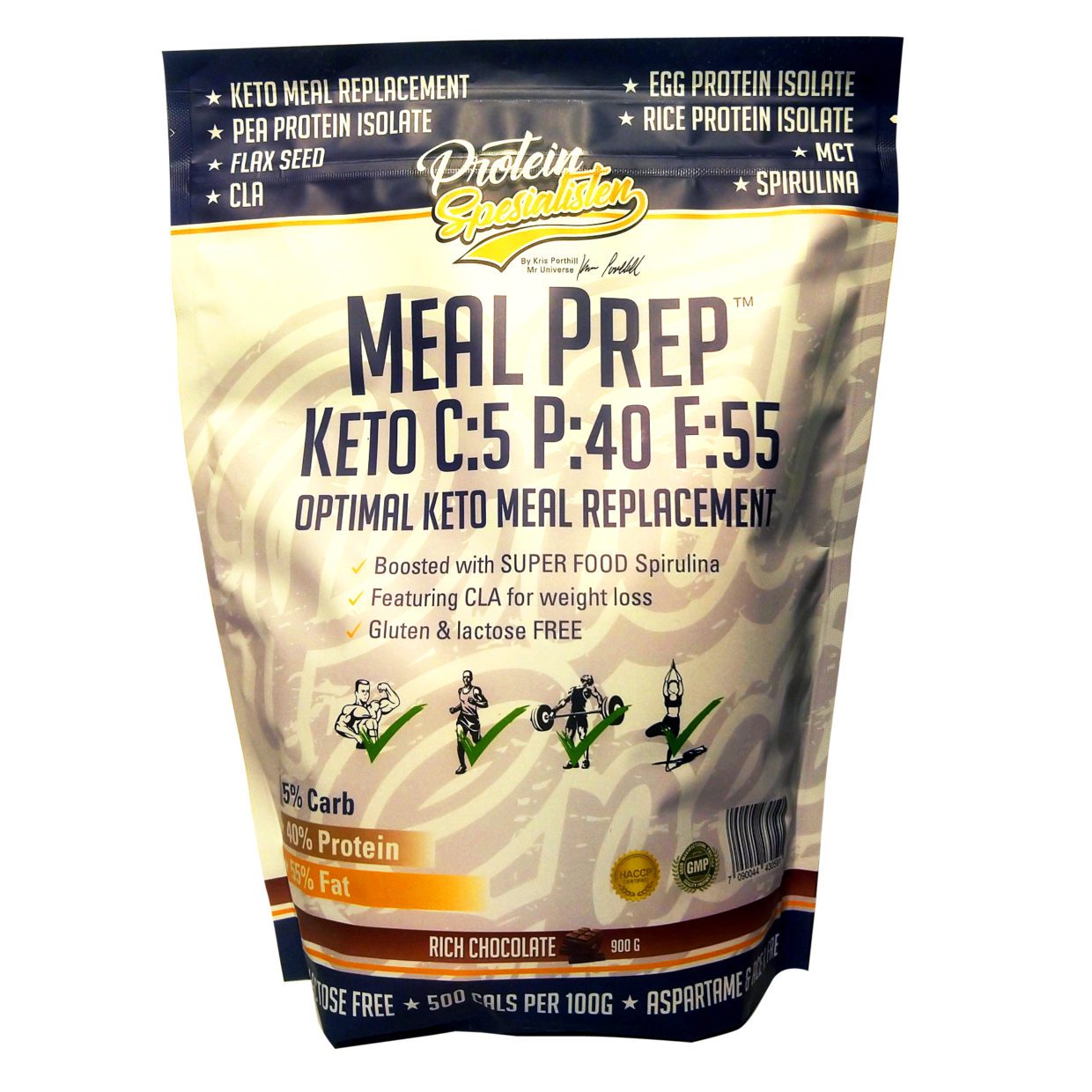
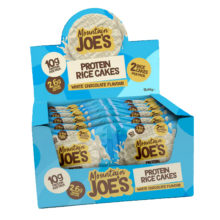
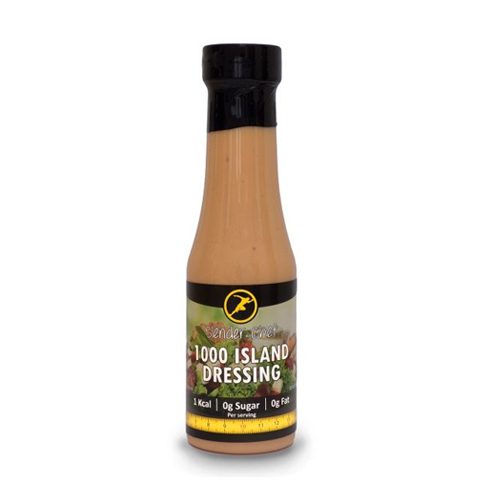
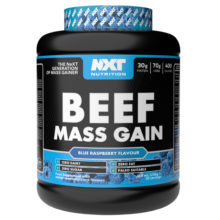
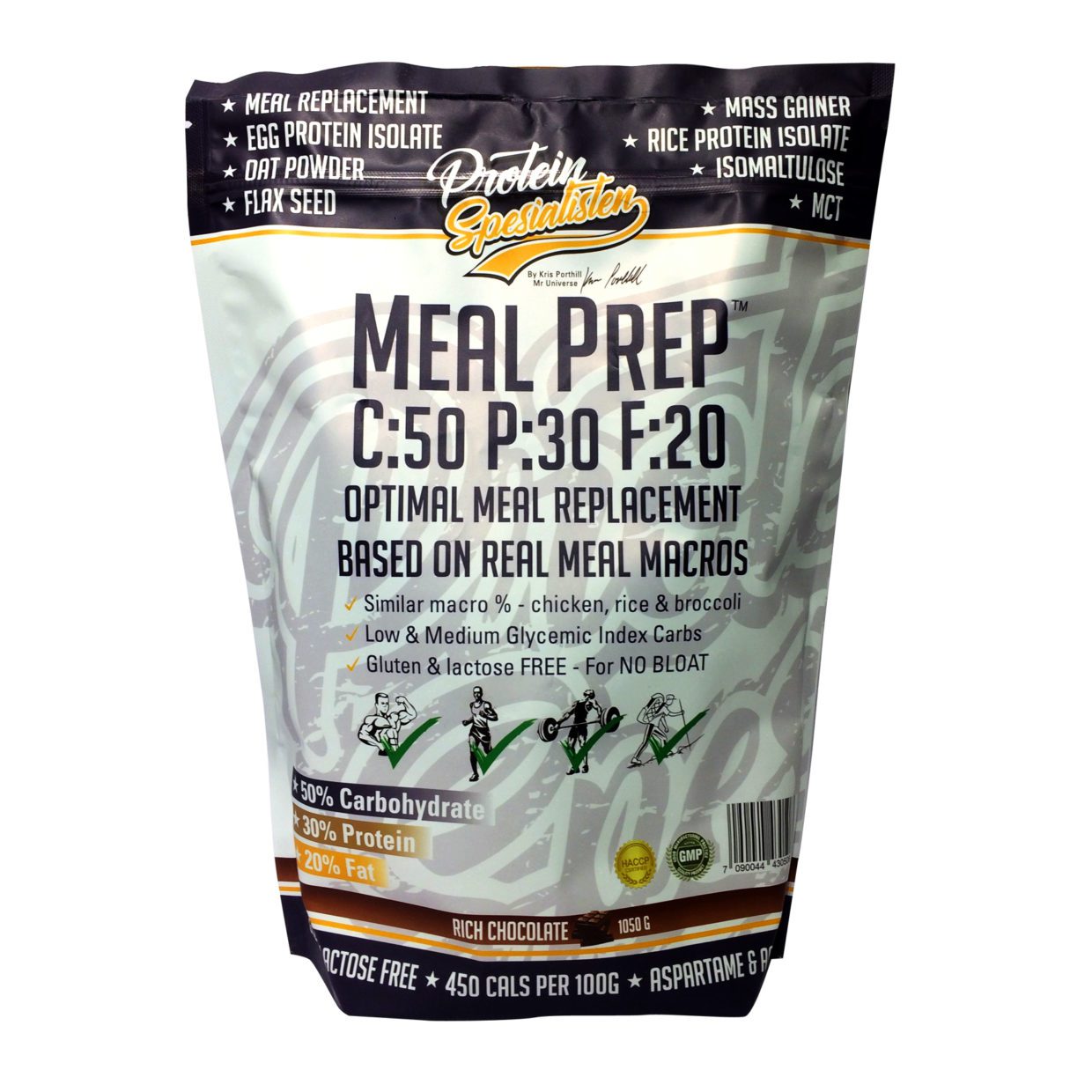
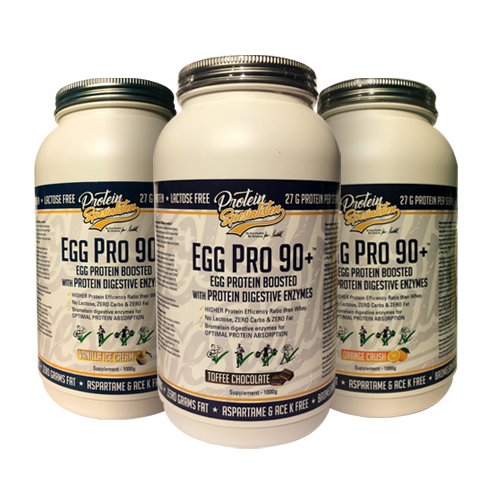
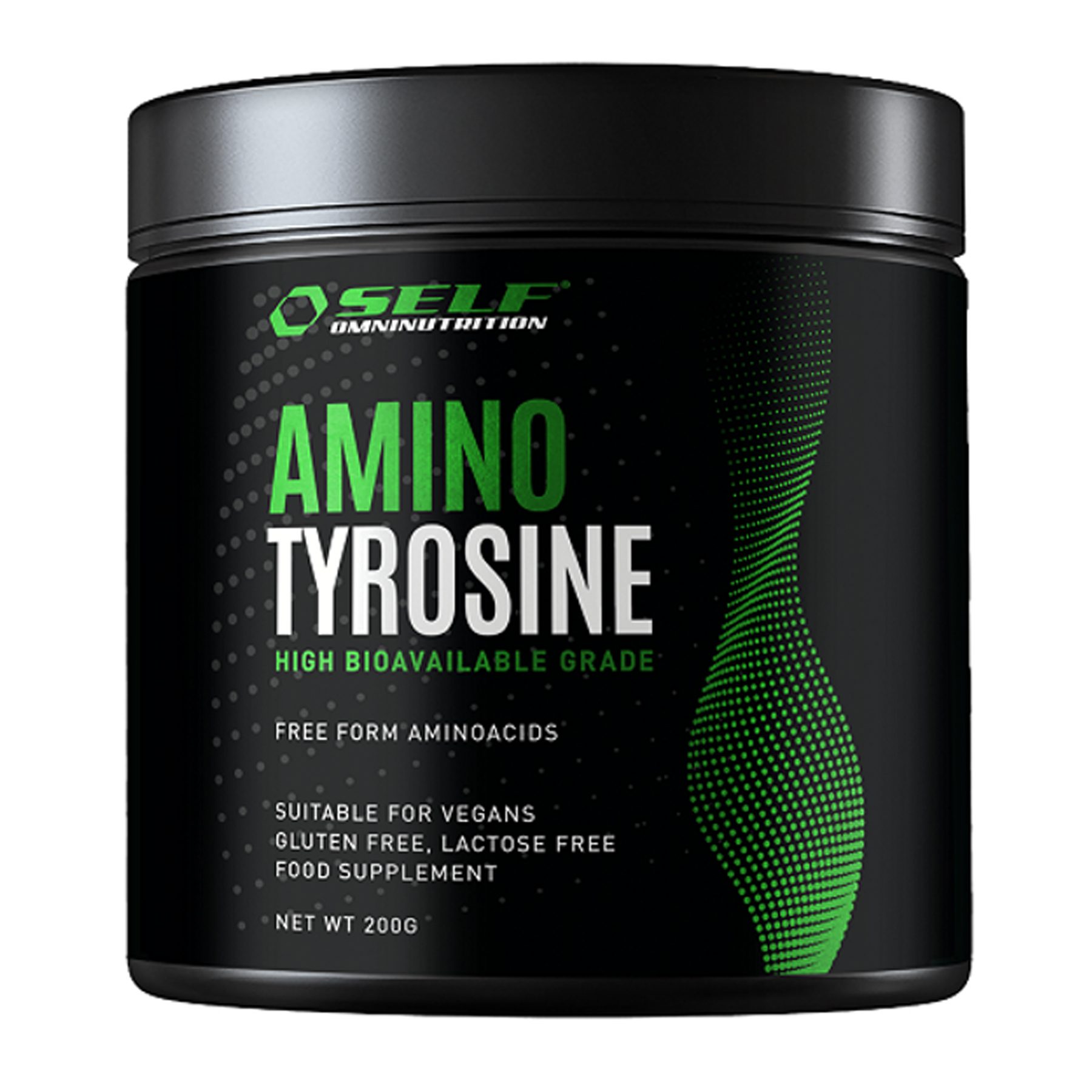
Reviews
There are no reviews yet.